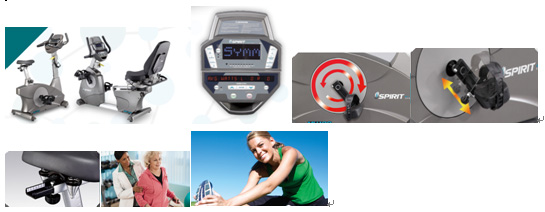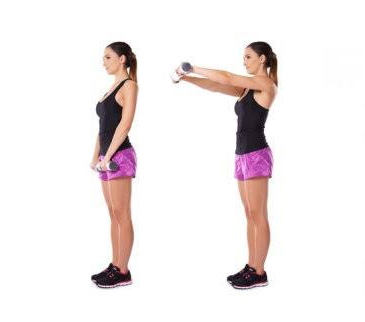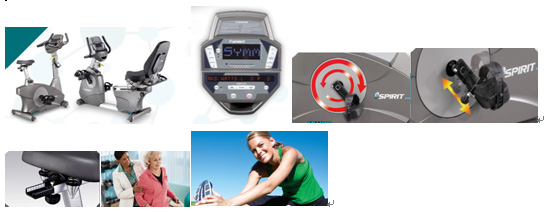Biofeedback system assisted muscle training Currently, muscle strength training is a common type of basic training in current exercise therapy. Mainly isometric exercise, isotonic exercise, constant velocity exercise, and what is the purpose of training through muscle strength? We mainly use various rehabilitation methods to evaluate and plan our physical fitness. , to achieve progressive enhancement, improve muscle strength and muscle endurance, limb movement and other purposes. In clinical rehabilitation, muscle strength training is a particularly widely used technique, both in the soft palate and in the stroke period of the stroke patients, or in the recovery period, or in the recovery training of muscle strength after fractures. Muscle strength training. According to different contraction methods, muscle strength training can be divided into the following three types. Isometric exercise isometric exercise: refers to exercise that increases muscle tone against a fixed resistance. Stronger exercises such as weightlifting; less intense ones are inverted. Also known as static movement. When the muscles contract, the length of the muscle fibers does not change, and there is no joint activity, but the muscles can produce considerable tension, also known as static training. Isometric exercise The movement is not complicated and easy to grasp, and can be performed when the joint activity is limited. (Applicable to 2-5 muscle strength) Advantages: simple operation, easy training, no joint activity during training, especially suitable for patients with significant pain limitation and limb fixation. Disadvantages: Lack of joint activity, does not help improve motor coordination, and angle-specific training requires a lot of time. Isotonic exercise isotonic exercise: the muscle fibers are shortened when the muscles contract, and the load acting on the muscles is unchanged. The muscle tension does not change significantly during the exercise, so the isotonic movements such as walking, jogging and swimming . Mostly aerobic exercise. When muscles contract, the tension of the muscle fibers remains the same, while the length of the muscle fibers changes, and a training method for joint activity occurs. Divided into: centripetal contraction, eccentric contraction. (Applicable to 3-5 muscle strength) 1. Centripetal contraction: When contracting, the muscle starting point and the stopping point are close to each other, that is, the centripetal contraction of the muscle, and the length of the muscle is shortened during the contraction. 2. Centrifugal contraction: Contrary to centripetal contraction, when the contraction is separated from the starting point and the stopping point of the muscle, it is the eccentric contraction of the muscle, and the length of the muscle becomes longer during the contraction. Advantages: Enhance muscle strength within the range of total joint activity, improve nerve control of muscle movement, do not require expensive instruments, and can move multiple joints at the same time. Disadvantages: The resistance distance and the maximum muscle strength are inconsistent in the range of activity, affecting the training effect, easily affected by inertia, and not applicable to the pain caused by the activity. Isokinetic exercise: also known as adjustable resistance movement, constant speed movement, refers to the use of special equipment, according to the changes in muscle strength during the movement, the corresponding adjustment of the external resistance, so that the entire joint movement according to the preset Speed ​​exercise, the movement of muscles during exercise only increases the muscle tension. Using special equipment, the applied resistance is adjusted according to the change of the muscle strength during the exercise, so that the whole joint movement is exercised according to the preset speed. (Applicable to 0-5 muscle strength) Brand: Horizontal bicycle power meter Model: MR100 Manufacturer: Taiwan, China Advantages: The constant velocity exercise provides the maximum resistance to the muscle itself according to the strength of the muscles, the change of muscle length, the length of the arm, and the fatigue of the muscles, and does not exceed the limit of its load. Therefore, constant velocity motion has considerable efficiency and safety. Disadvantages: Isometric training has venue limitations. The operation is relatively complicated and requires the operation of a staff member with specialized knowledge. Visual biofeedback shows the power output of each limb separately, providing real-time symmetry and equivalent performance goals. Technical characteristics Adjustable pedal crank allows the trainer to move on a smaller range of knees, from 15 degrees to full range The symmetrical program measures the balance between the left and right sides. Display biofeedback graphics in real time (Bio-feedback) Maximum work done at each load level up to 750 watts (60 rpm) Seat positioning guides provide users from 4 feet 10 inches to 6 feet 7 inches Heart rate monitoring uses a hand or optional heart rate chest strap. Common test procedure Oxygen uptake test procedure Constant power program Constant speed program Symmetric procedure For more information, scan the QR code below to see more updates. Shenzhen Sunson Tech Co., Ltd , https://www.sunsonkiosk.com





Biofeedback system assisted muscle training classification introduction
Next Article
How to effectively improve the fecundity of rabbits
Prev Article
Zhang Wei is about to become the CEO of Dr. Chun Yu